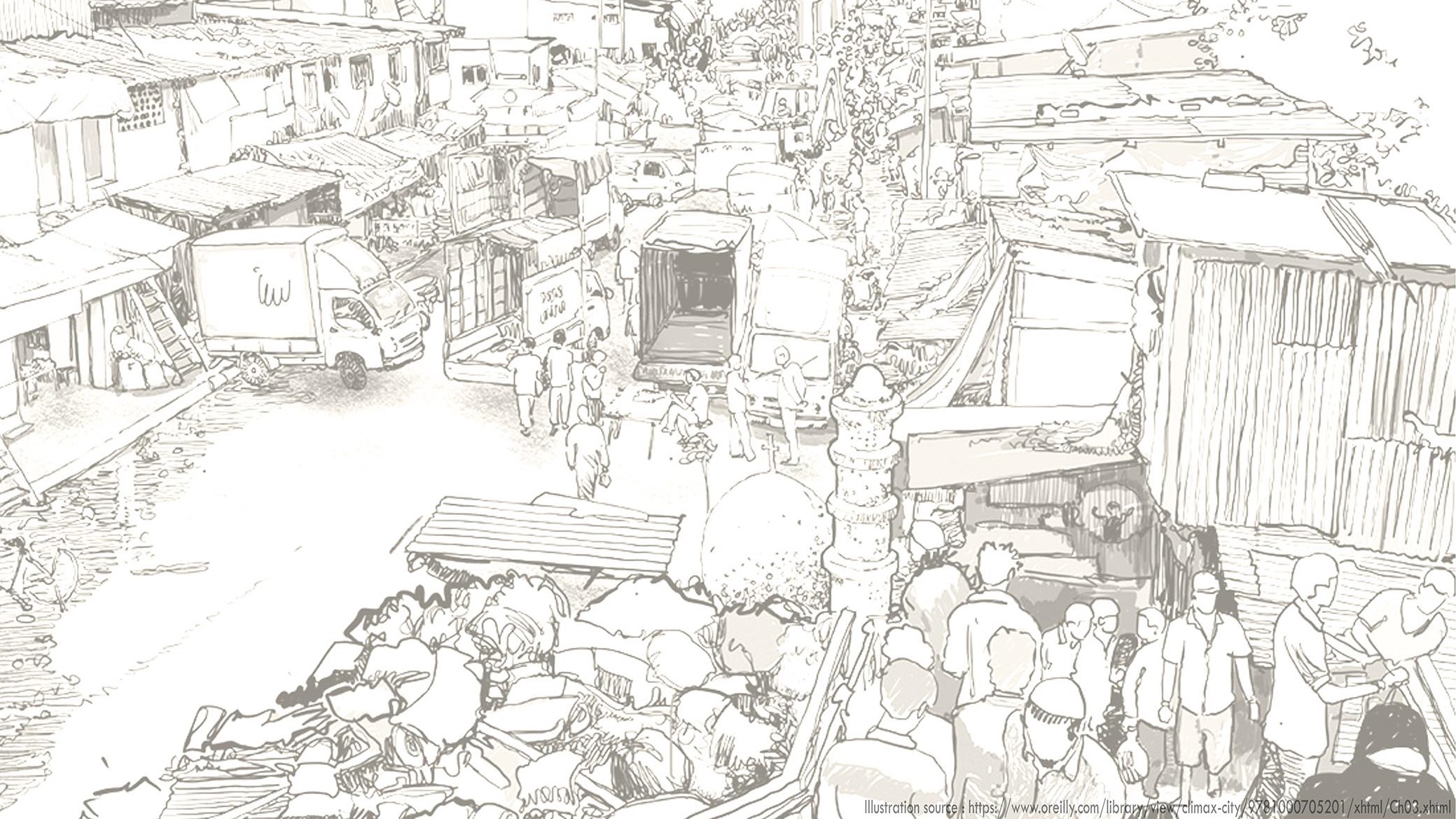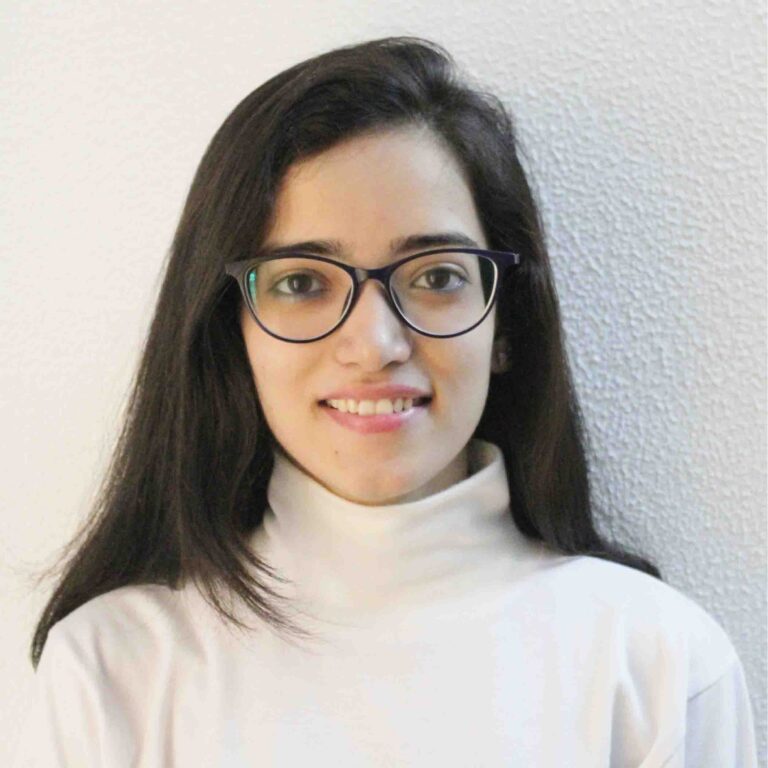top architecture design thesis 2021


SHRI GIJUBHAI CHHAGANBHAI PATEL INSTITUTE OF ARCHITECTURE
SURAT, INDIA

Design thesis authored by
Bhumi Patel
share
THESIS SPECIFICATIONS
Thesis Title: Re-envisaging (Co-living_Co-working) Cluster In Dharavi
Project type: Slum Rehabilitation
Year of completion: 2021
“A slum is not a chaotic collection of structures; it is dynamic collection of individuals who has figured out how to survive in the most adverse of circumstances.”
According to criteria dictated by the city of today, regarding health, safety, density, and open spaces, the main problem appears to be finding an alternative way into the redevelopment project of Dharavi. A project which as it stands is aimed at following accidental model unconcerned with the actual cultural, economic and social way of living in the slum.
“I don’t think that architecture is only about shelter, is only about a very simple enclosure. It should be able to excite you, to calm you, to make you think.”
– Zaha Hadid.
Abstract
Migration often results in the formation of pockets of new communities at concentrated area of the metropolis-an area which reflects the commercial fabric of the metro itself and its typological, topographical and architectural features but varies deeply in terms of the social structure.
But ironically, these are the ones that stand most neglected, no set of architectural dialogs has been established for the incremental and organic nature of these cores, resulting in the outgrowth of slums and squatter settlements with substandard living conditions. The inclusive design of the settlements, its strong social structure and habitat values demand more in-depth research along with a detailed study of the built units and architecture entirely constructed for the migrants and their hyper-dynamic lifestyle. It might appear to us that these pockets of informal settlements are unorganised but what is not visible to our naked eye is that how efficient they are in terms of their consumption and contribution ratio. Dharavi, the Asia’s largest slum, is a billion-dollar economy in itself with a population of around 7-10 lakhs.
We as architects are provoked enough to deeply investigate and resolve these unorganised pockets of informal settlements into a modern infra base for people which supports diverse and dynamic activities. So, this project aims to rethink slums of today as a potential land for innovation, dynamism and sustainable lifestyle. It is projected towards finding the best solution for the co-living and co-working cluster of Dharavi.
This Design thesis focuses on deployable, flexible and adaptable structures. It tends to develop an architectural thinking in envisaging the slums of today. So that we can provide better living conditions as well as economic upliftment with efficient utilisation of land as a resource.
Need of the project
Yes, we know, the redevelopment of Dharavi has been in the minds of the government and developers for almost a decade now. Many proposals are made for efficient land utilization and organization of functional layouts. And for us, as architects, the most ideal solution is to go up with the high-rise buildings, so that we get free land space. But this design approach has a negative impact on the lives of the people in Dharavi, their employment source, their work routine, and on the several small-scale household industries. People in Dharavi need spaces with ground proximity, this allows them to create co working and living environments, which in turn provides them with opportunities for their small businesses. Dharavi is a dynamic settlement, places encounter differential functions, and so, this dynamic environment cannot be accommodated within a static and rigid permanency. We need an environment which is supportive for the settlement, which allows for potential economic upliftment, which promotes these small-scale industries.
We must acknowledge that hyper-dynamic functional layout of Dharavi requires a dynamic approach. We must responsibly consider the economic influence a project would have on the lives of these people. Dharavi is a huge marketplace for different commodities and services. We must be able to offer something which is capable of being molded into a space of time-based choices. For example, a space to sleep is only used in night, the whole day is spent by the user working somewhere while this space is left dead and with no use. This loophole must be filled and each and every square inch of space must be active and alive 24 X 7. This is where the need is realized for such kind of project which justifies the land use in Mumbai and especially for a land acquired by the informal settlements of Dharavi.
Sheets
the end
Copyright information: ©️ Student author 2022. Prior written authorization required for use.
Request permissions: If you wish to use any part of the documentation forming part of the undergraduate thesis submitted to DSGN arcHive, please seek prior permission from the concerned student author through the respective college/university.
Exclusion of liability: DSGN arcHive and its owner do not undertake any obligation to verify the ownership of any content submitted for publication/broadcast on this website and shall not be liable for any infringement of copyright by, or unauthorized use of, such content.
HOMEPAGE
Copyright © 2025 DSGN arcHive
